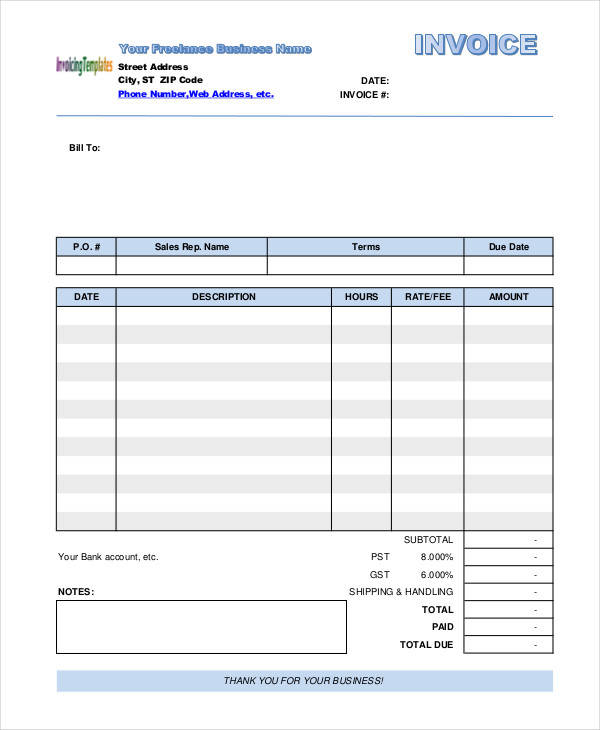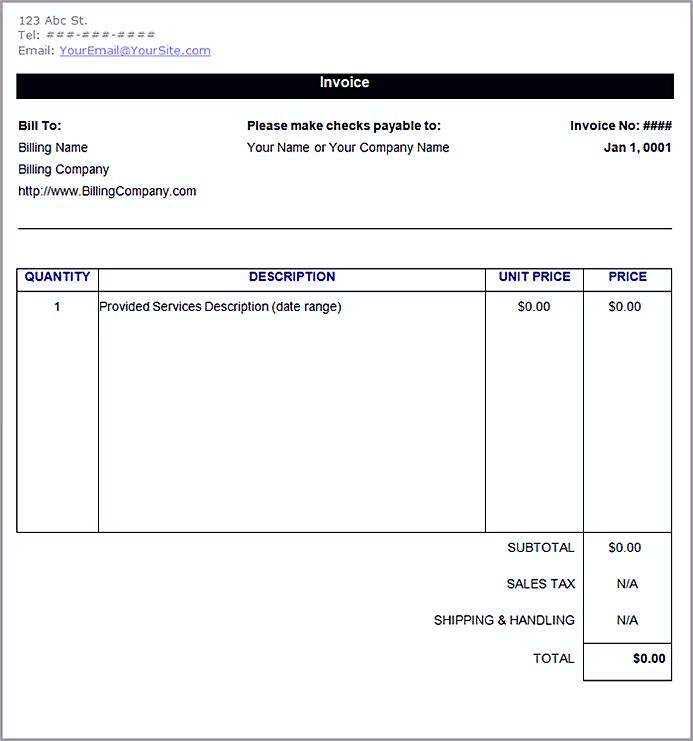

Navigate to the folder where you saved Excel workbook with invoice data and select the file. Click on “Select recipients” and choose “Use an existing list”. This activates mail merge mode on your document. Choose the document type that best describes what you are doing (for invoices, you can choose either letter or normal word document) Go to Mailings ribbon in MS Word and click on “Start mail merge” button. You may download the invoice template for inspiration.Īt this stage, our invoice looks like this: Open a new document in MS Word and create a document structure that reflects your invoice. Step 2 – Create an invoice template in MS Word Let’s say your invoice has 11 fields, as shown below.Ĭreate a workbook with 11 columns and load data as shown below. Step 1 – Create a workbook with your data Tutorial – using mail merge to generate invoicesįor this tutorial, let’s pick the example of generating invoices. Read the below tutorial to learn how to set up mail merge in Word. You can use mail merge in many similar situations – like generating invoices, address labels, certificates etc. This powerful feature combines MS Word documents with (Excel) data to generate all the 300 letters in just few minutes. You also have a template of the offer letter.Įnter mail merge. You have the details of all the 300 offers (name, email, address, offer code, role, benefit package details and date of joining etc.) in a spreadsheet. Of course, you don’t want to type these letters one at a time.

The next job – generate employment offer letters for each of them. You just hired 300 analysts for the big data division. Imagine you handle recruitment at a large company. The idea of mail merge is simple & powerful.


 0 kommentar(er)
0 kommentar(er)
